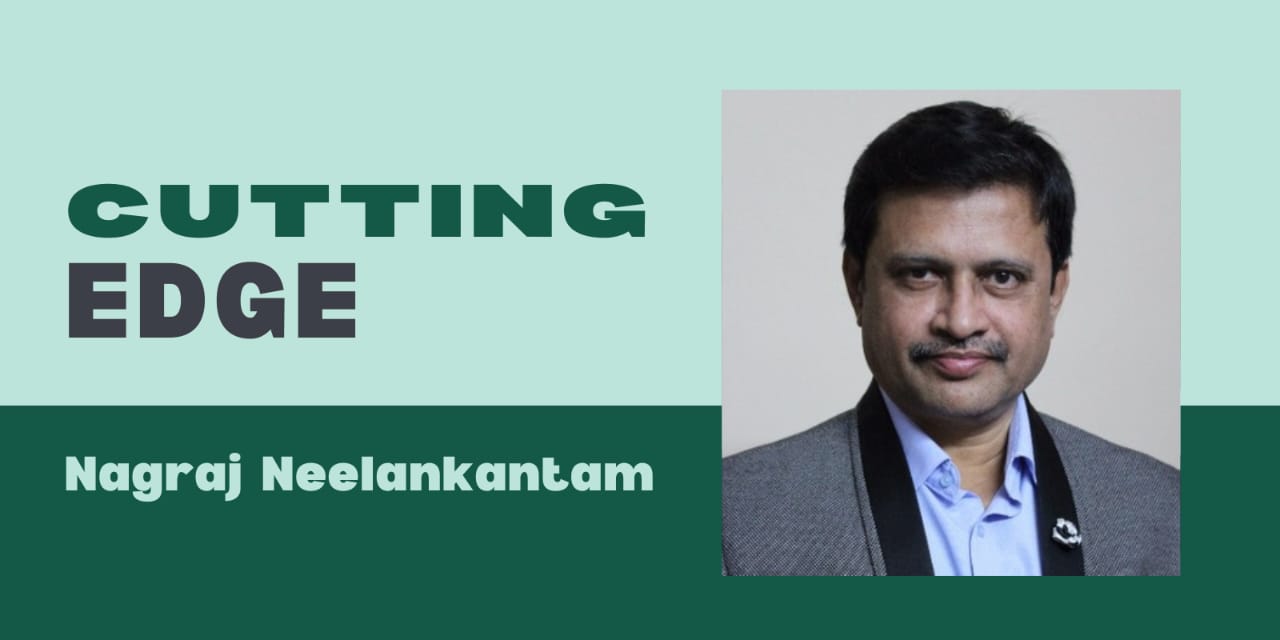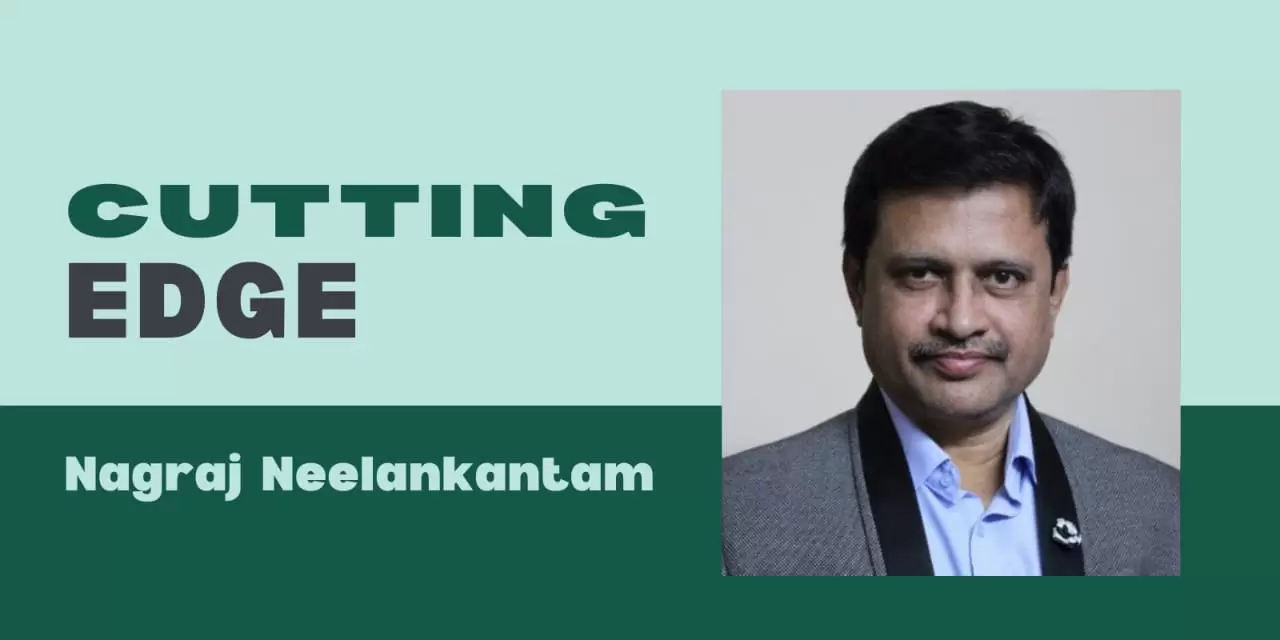Long before the tricolour rose over Bagram, India had articulated a principle that still defines its foreign policy — Asia needs no foreign military bases, only mutual, like-minded, and unconditional cooperation among friendly nations. This simple yet profound idea reflects New Delhi’s belief in regional self-reliance and collective growth — a philosophy that contrasts sharply with the West’s interventionist instincts.
India’s actions in Afghanistan are not driven by dominance but by partnership. Among all its neighbours, Afghanistan today sees India as its most dependable ally — a nation that offers aid without hidden conditions and respect without expectations. The Indian flag flying at Bagram Airbase thus carries symbolic weight: not as a banner of expansion, but of empathy; not of power projection, but of shared regional aspiration.
At a time when Western powers misread Asia’s internal balance, India has asserted its own brand of diplomacy — visionary, patient, and rooted in restraint. Russia has endorsed this approach, calling it “inadvisable” for any external power to interfere with Prime Minister Narendra Modi’s strategic roadmap — the philosophy of Sabka Saath, Sabka Vikas, Sabka Vishwas, Sabka Prayas (Together with all, development for all, trust of all, effort by all).
When the Indian tricolour fluttered above Bagram, it carried a message of resurgence and quiet confidence — a statement that India is no longer a spectator but a shaper of regional destiny. Once the epicentre of American military might, Bagram today stands as a symbol of shifting power — a stage where India is scripting its own chapter of influence and partnership.
This development has unsettled more than a few global actors. The United States, long accustomed to controlling Afghan geopolitics, and Pakistan, which thrived on its proximity and interference, now find themselves recalibrating. What unfolded at Bagram was not a mere military manoeuvre but a declaration — India’s arrival as a decisive regional force.

India’s presence there marks a deeper transformation — a psychological shift in regional balance. With Indian Air Force units reportedly active, Bagram has evolved into a forward hub of strategic depth linking India’s security vision with Afghanistan’s stability. The vacuum left by Washington’s withdrawal and the Taliban’s return has been filled — not by conquest, but by cooperation.
Predictably, the move hasn’t gone unnoticed. Former U.S. President Donald Trump reportedly expressed concern over India’s growing assertiveness, hinting that it might unsettle American interests. Behind Washington’s cautious tone lies a larger anxiety — the realization that its once-commanding influence in South Asia is waning. The West’s unease is not about India’s actions per se, but about the rise of an independent, unaligned power capable of redrawing alliances on its own terms.
Afghanistan, however, views India through a different lens — not as an occupier but as a partner in rebuilding a nation ravaged by decades of conflict. Humanitarian shipments of food, medicine, and essential supplies continue to flow from India without political strings. In return, Kabul has extended cooperation in mineral exploration and infrastructure development. Indian engineers and planners are reportedly turning Bagram into a “mini-city” — a hub blending defense readiness with civilian infrastructure and innovation.
This model of engagement — rooted in soft power, shared growth, and cultural resonance — contrasts starkly with the West’s militarized approach. It draws from India’s civilizational ethos, the Sanātani idea of Vasudhaiva Kutumbakam (“the world is one family”), merging national interest with global good.
For Pakistan, India’s rise at Bagram is a direct challenge. Having long used geography to exert influence in Afghanistan, Islamabad now faces the prospect of strategic isolation. Its analysts warn that India’s presence could “alter the balance of deterrence.” China, meanwhile, has opted for quiet observation, even as India’s initiative threatens to undercut the China-Pakistan Economic Corridor through the alternative Asian Stability Corridor proposed by New Delhi.
India’s approach at Bagram represents more than geopolitics — it reflects a fusion of engineering, diplomacy, and vision. Instead of projecting brute power, New Delhi projects credibility — through infrastructure, education, healthcare, and cultural outreach. It is redefining what it means to be a 21st-century regional leader — one that blends Shakti (strength) with Shanti (peace).
In raising the tricolour at Bagram, India has not merely occupied a base; it has reclaimed its voice in shaping Asia’s future. The once foreign stronghold has become the theatre of India’s strategic evolution — where diplomacy meets determination, and where Shanti, Shakti, and Samarthya (Peace, Power, and Capability) define a new regional order.
As the world watches, one thing is certain: Bagram is no longer just an airbase. It is the emblem of India’s rising resonance — the symbol of a confident nation charting its own course in the new geopolitics of Asia.





